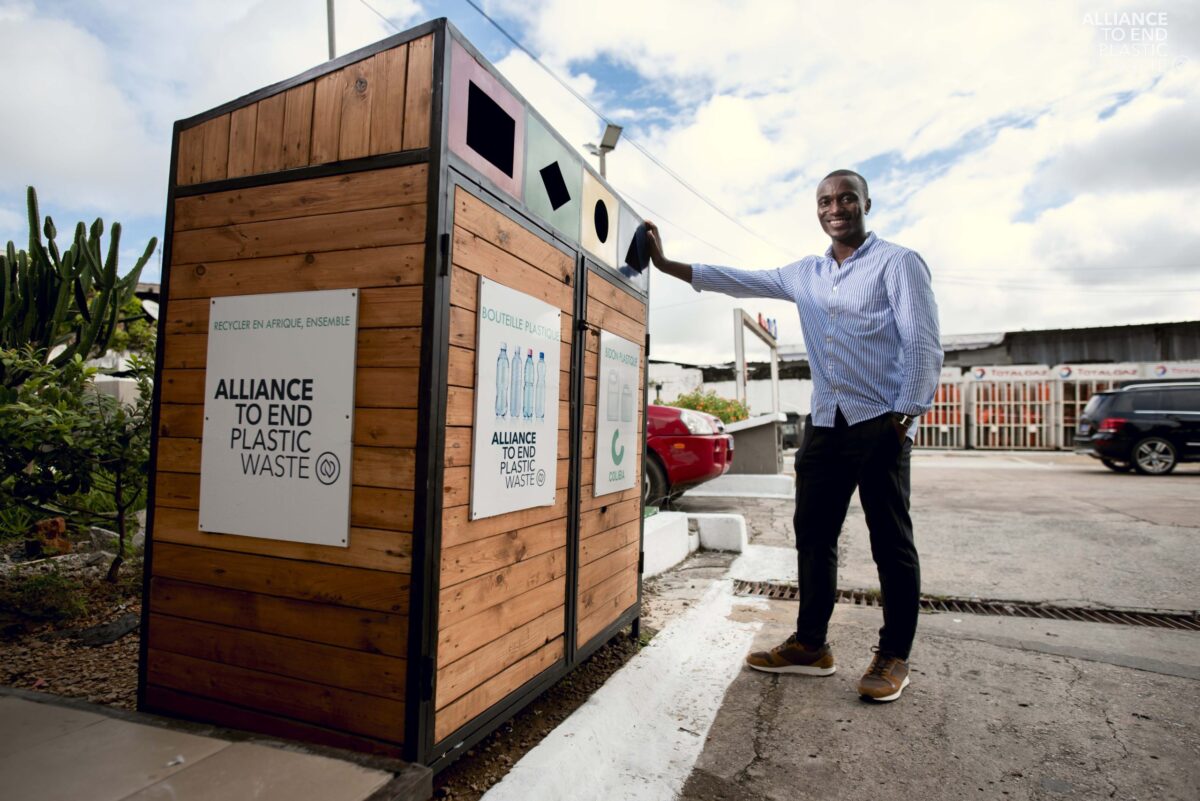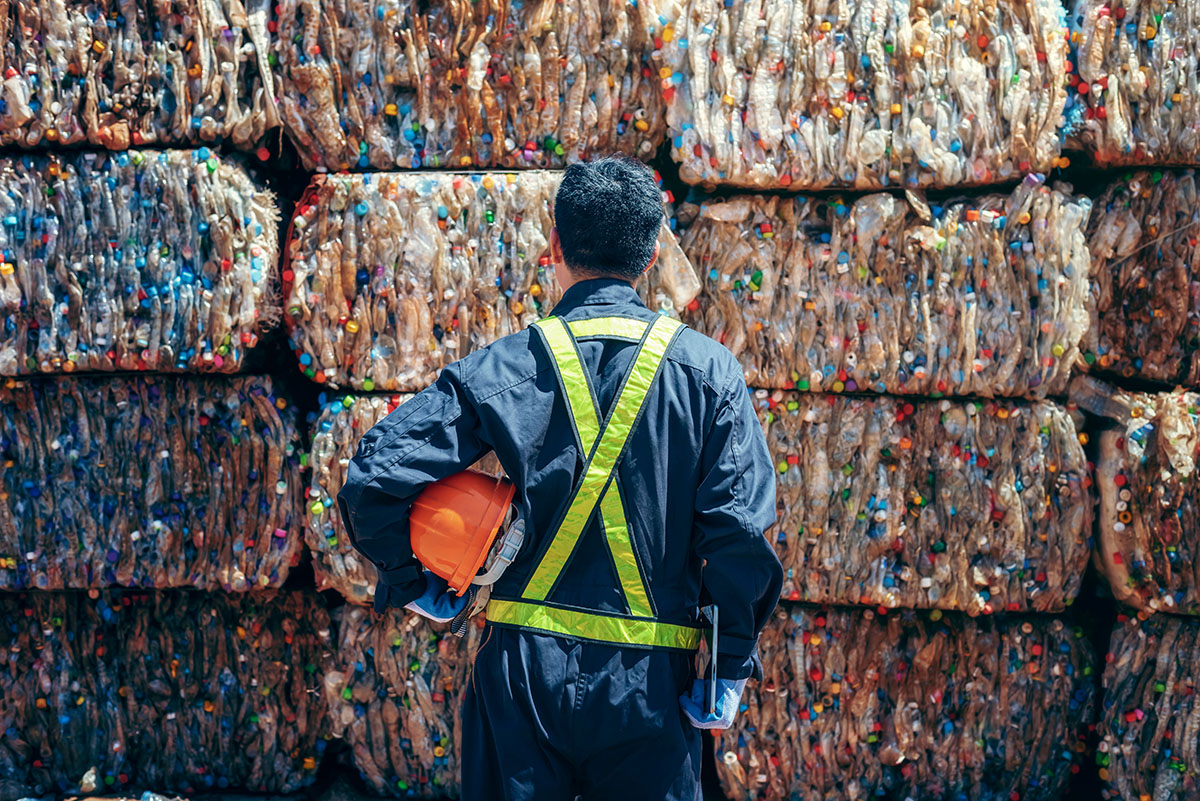Plastic Waste Solutions: Key Trends in Developing Economies

With economic shifts and rising investments, developing countries are transforming plastic waste into valuable resources.
Developing countries are crucial to the global plastic waste management and recycling markets. Economic shifts, foreign investments, and new technologies are changing local industries. Many of these countries face challenges like weak infrastructure and high mismanagement rates. However, global sustainability demands opportunities for growth and innovation.
You can also read: What are Plastic Credits About?
Rising Investments in Waste-to-Value Systems
A key driver of this transformation is the growing investment in waste-to-value systems. Countries like Colombia, Kenya, and Côte d’Ivoire are running projects that turn plastic waste into valuable resources. Kenya, for instance, produces 90,000 metric tons of plastic waste annually, but only 8% undergo recycling. Businesses are closing this gap by converting waste into materials like bricks and paving blocks. These initiatives reduce environmental harm and support economic growth. About 10,000 waste pickers in Bolivia now work with government-supported recycling hubs that link them to formal supply chains. Each worker recovers up to 25 kilograms of recyclable waste daily. This positions Bolivia as a strong contender in waste-to-resource transitions across South America.
Export-Oriented Recycling Markets
Export-oriented recycling is another area of rapid growth. Developing countries are becoming key suppliers of recycled plastic for global markets. In Southeast Asia, demand for post-consumer resins (PCR) from Europe and North America creates new export opportunities. Malaysia stands out with its strong recycled PET market, attracting buyers who prioritize sustainable materials. Technology and international partnerships boost this growth. Improved recycling facilities and training programs help businesses produce high-quality recycled plastics that meet global standards.

Plastic waste management in developing countries.
Emergence of Circular Business Models
Circular economy models are also growing, especially in cities with high waste production. In Côte d’Ivoire, mobile apps help households sort and recycle plastics. Companies like Coliba Africa use these tools to make money from recyclables and cut contamination in recycling streams. In Nepal, small businesses focus on local recycling solutions. They target high-demand materials like PET and HDPE. These efforts provide affordable and scalable options in cities with poor waste management systems.
Policy Shifts Driving Market Industry
Moreover, policy changes are boosting market growth in many developing countries. Governments ban single-use plastics and set ambitious recycling targets. Malaysia, for example, aims for a 76% recycling rate for plastics by 2030. These policies promote public-private partnerships (PPPs) and support innovation in waste management technologies. In South America, Colombia is improving recycling through national legislation that formalizes informal waste pickers. By integrating this workforce into formal systems, Colombia expands recycling capacity and reduces socioeconomic inequalities.
Additionally, introducing plastic credits offers a financial mechanism to incentivize and fund plastic waste collection and recycling. Primarily in developing countries, these credits allow companies to invest in waste management initiatives, particularly in regions disproportionately impacted by plastic pollution. According to the World Bank, as of December 2023, approximately 75,000 plastic credits have been issued across 160 projects, with a growing uptake over the past four years. These projects enable local communities to scale up plastic waste management.
A Growing Market on the Rise
The plastic waste management sector in developing countries is experiencing a transformative shift. International demand, local entrepreneurship, and supportive policies fuel this change. These markets address global sustainability goals and create opportunities for economic growth and innovation.
